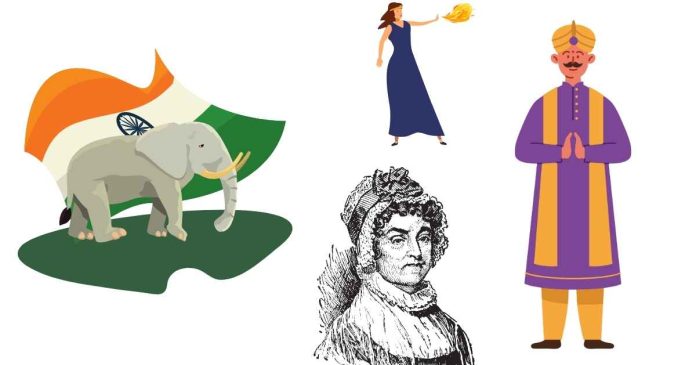In India, caste-based social structure plays a significant role in shaping society, though caste-based discrimination is officially outlawed. The concept of “powerful” castes refers to groups that have historically held influence in terms of politics, economy, and society. Among the most influential castes are:
- Brahmins – Traditionally priests and scholars, they hold significant positions in religious and educational institutions.
- Rajputs – A warrior caste, historically rulers and landowners, with considerable political power in several states.
- Jats – Predominantly in North India, with influence in agriculture and politics.
- Marathas – A politically powerful group in Maharashtra with military influence.
- Vokkaligas – Prominent in Karnataka’s politics and agriculture.
- Reddys – Predominantly influential in Andhra Pradesh and Telangana.
- Yadavs – A significant force in Northern Indian politics, especially among OBCs.
- Patels – Prominent in Gujarat, traditionally involved in agriculture and now influential in politics.
- Banias – A prominent merchant class, contributing to commerce and banking.
- Kshatriyas – An influential caste with a historical martial background, holding land and power in several regions.
These groups have wielded economic and political power, often influencing policy-making in various regions of India.



